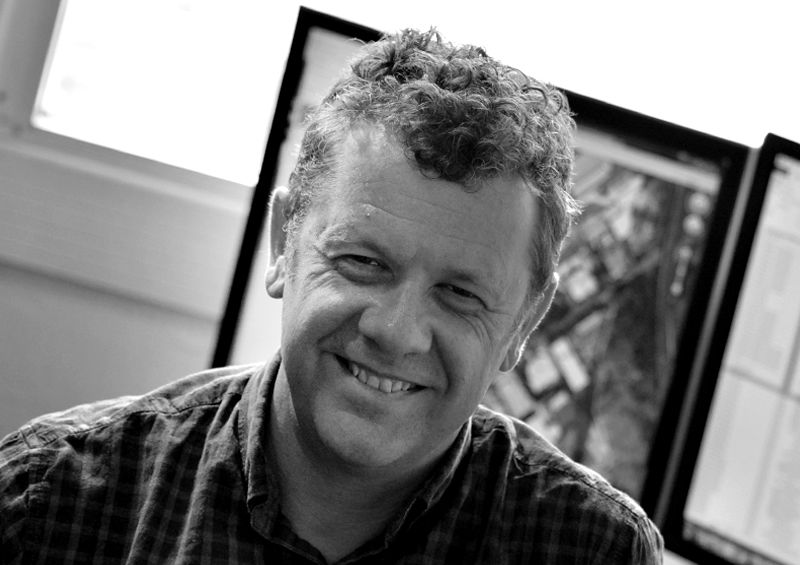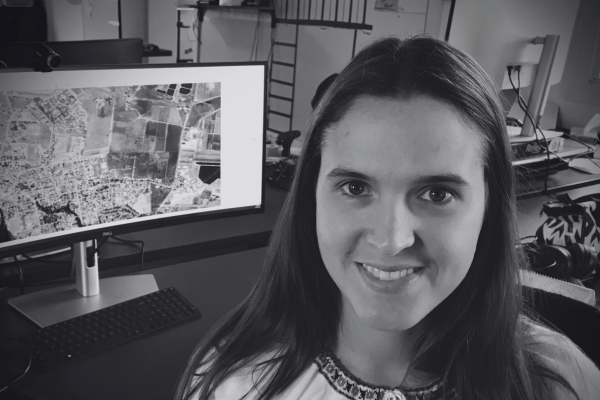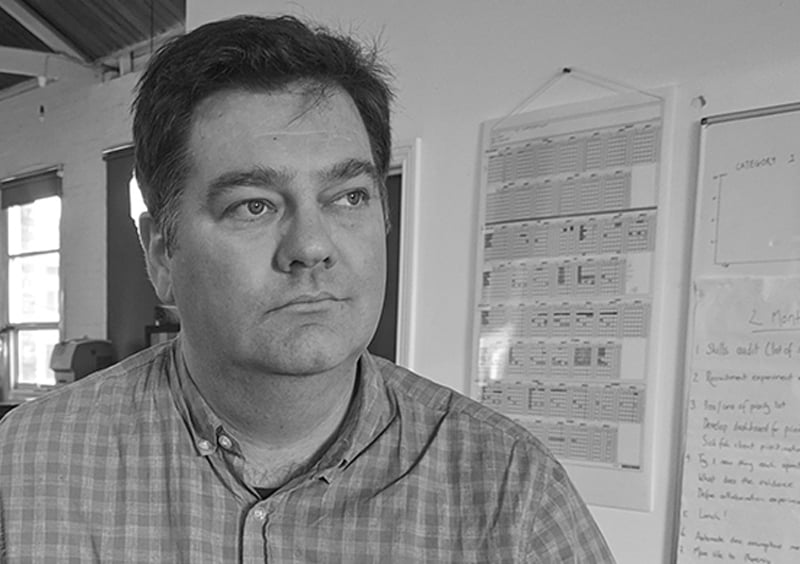The population and housing forecast for the North West Sydney region
SA4s in region:
- 115 - Baulkham Hills and Hawkesbury
- 116 - Blacktown
- 124 - Outer West and Blue Mountains
Published: March 2024
Version: 5.1.0
Read forecast analysis and insights for the Blacktown region from Australia's largest independent population forecasting team.
Detailed forecasts are available for this region
Our premium services give you detailed forecast information for this region to help you invest in the right place, at the right time.
- Forecasts by age and sex
- Single-year forecast periods
- Custom local area geography
- Forecasts of housing and development
Menu
Read the insights and analysis behind our population and dwellings forecasts for the North West Sydney region.
About the North West Sydney region
The North West Sydney region consists of three SA4s: Baulkham Hills and Hawkesbury, Blacktown, and Outer West and Blue Mountains. This region is forecast to comprise an 17.5% share of New South Wales' population growth by 2046.
The Baulkham Hills and Hawkesbury region stretches from the foothills of Blue Mountains, popular for nature escapes, in the north west, to the suburban areas of Castle Hill and Cherrybrook, with rapidly growing high density footprints, in the south east. The region has major greenfield residential growth fronts currently underway across the suburbs of Box Hill, Gables, and Vineyard, which, along with the densification around the Castle Hill town, account for the majority of this SA4's population growth over the 25-year forecast period.
Blacktown City is the largest LGA in New South Wales. In the post war era, and particularly in the last 40 years, the City has catered for a significant proportion of Sydney’s demand for new housing on the urban fringe. This role is expected to continue as large areas in the north of the City have been identified for urban development over the next 20-30 years.
The Outer West - Blue Mountains region is located at the western edge of the Sydney metropolitan area, and much of the population is based in residential areas along a linear corridor along the Great Western Highway and the main Western Railway. The future Western Sydney Airport being constructed in Badgerys Creek will encourage significant development of transport and employment infrastructure in the southern part of the Penrith LGA. The Blue Mountains is highly constrained in terms of future population and dwelling growth owing to the National Park, topography and fire risk. Future development is likely to be limited to small scale subdivision of larger lots and unit development around commercial centres.
Key findings
Baulkham Hills and Hawkesbury
Over the forecast period, the Baulkham Hills and Hawkesbury SA4 is set to grow by approximately 153,000 persons, from a population of approx. 265,000 in 2021 to 418,000 in 2046. Most areas are expected to add population over the 25 years, with growth sourced from densification projects along the North West metro train line, and from greenfield residential development precincts either currently building or expected to commence soon. Stable populations or even minor losses towards the end of the forecast period can be expected in established suburbs with very limited planned development and naturally declining household sizes.
By 2046, the most populated SA2 in Baulkham Hills and Hawkesbury is expected to be Box Hill - Nelson (population exceeding 61,000 in 2046). This represents a sixfold growth of the 2021 population in this area, due to the rapidly-building Box Hill and Gables suburbs. Another SA2 experiencing major population growth over the 25 years is Castle Hill - Central: an area adjoining the Castle Hill Trading Zone, several high density residential development projects have recently been completed and/or are underway, with much of the area intended for densification under precinct plans. The intended apartment developments are anticipated to raise the population to reach 4.5 times the 2021 population to over 34,000 by 2046. Both these SA2s are located within The Hills Shire, which consequently is likely to see a continued growth of its resident population across the full forecast period.
Appetite for sustained residential development in the north west of Castle Hill suburb and the east of Kellyville is currently limited with very little potential identified based on present policies, therefore at this stage these areas are set to lose a small portion of their population (several hundred people) by the end of the forecast period. We will continue to monitor these suburbs closely.
Blacktown
Population growth in Blacktown of approximately 175,000 people is forecast from 404,000 in 2021 to 579,000 in 2046, at a compound average annual rate of 1.45%.
The lion's share of this growth will be in the predominantly greenfield growth areas of Schofields - East, Schofields - West, Marsden Park - Shanes Park, and Riverstone SA2 areas. Of these areas, Schofields - East will grow the most from approximately 25,000 people in 2021 to 94,500 in 2046 (69,000 people, at an annual rate of 5.4%).
In addition to greenfield growth, there will be areas of urban densification around transport hubs such as the Blacktown (East) - Kings Park SA2, centred around the Blacktown City Centre. This SA2 is forecast to add 12,200 people, and grow from 17,182 to 29,417 in 2046.
Some of the more established areas such as Acacia Gardens and Glenwood are experiencing loss of population as family structures mature and young adults increasingly start to move out and form their own families.
Towards the end second half of the forecast period, the rapid greenfield growth areas will reach completion, and any remaining growth will come from densification efforts. Significant greenfield potential has been removed from the North West Growth Area due to updated flood modelling.
Outer West - Blue Mountains
Growth in the Sydney Outer West - Blue Mountains region is mainly centred around higher density precincts along the main western railway and around the greenfield releases of the Glenmore Park estate and, from the 2030s onwards, Orchard Hills.
Over the forecast period, the Sydney Outer West - Blue Mountains region is set to grow by 80,300 persons between 2021 and 2046, from a population of approximately 334,000 to 414,800. This represents a compound annual growth rate of 0.9% over the period. The majority of this growth will occur within Penrith City along the main western railway during the initial years of the forecast, representing higher density development in Penrith, Werrington and St Marys, and greenfield development in Mulgoa (the latest stages of the Glenmore Park development). The latter stages of the forecast see the development of greenfield sites in the locality of Orchard Hills.
The SA2 area with the greatest amount of population growth is Mulgoa - Luddenham - Orchard Hills with the extension to the existing Glenmore Park estate, which will contribute approximately 2,900 dwellings, and later, the greenfield within Orchard Hills with a total capacity of approximately 12,000 dwellings, of which approximately 50% will be developed over the forecast period. It is anticipated this represents a compound annual growth rate in population of 4.8%.
Within the urban corridor, it is expected that St Marys - North St Marys will grow by 15,100 persons over the period, representing an annual growth rate in population of 2.53% to a total of 32,600. Kingswood - Werrington is forecast to grow by 13,200 (at an annual rate of 1.72%) and Penrith by 12,000 persons (an annual rate of 2%). This growth is predominantly due to redevelopment of land at higher densities, particularly around stations and Western Sydney University.
In contrast, the areas within the Blue Mountains LGA are likely to see a decline in population of around 2,300 persons to 2046. This is because of the limited development opportunities available and the ageing of the existing population (with younger persons leaving home, and the area attracting retirees). Other rural areas within the Hawkesbury LGA (Windsor - Bligh Park and Richmond - Clarendon) and Yarramundi - Londonderry (within the Penrith LGA), are forecast to remain stable, with little change to population. Any growth is likely to be concentrated within the townships.
The former growth area of Glenmore Park - Regentville will decline over the period, owing to young persons moving out of the area (perhaps to access the further Glenmore Park estate development in Mulgoa) and the current population ageing over the forecast period. This will also be experienced in Jordan Springs - Llandilo in the second half of the forecast period, once the area is fully developed and the population has aged.
What share of Australia's growth will occur in New South Wales?
Read our forecast results and analysis for New South Wales on the resources page. Watch the webinar recap or see a summary slide pack to learn what's driving growth in Australia, and each region of the state.
Forecast results
The following forecast information presents the combined numbers for Baulkham Hills and Hawkesbury, Blacktown, and Outer West and Blue Mountains SA4s.
Learn more about the different options to access these forecasts for Local Government Areas (LGAs), suburbs, custom catchments or the entire state or nation here.
| 2021 | 2026 | 2031 | 2036 | 2041 | 2046 | |
| Forecast Population | 1,003,225 | 1,088,246 | 1,169,250 | 1,250,200 | 1,331,541 | 1,411,878 |
| Change (five year) | - | 85,021 | 81,003 | 80,950 | 81,342 | 80,337 |
| Average Annual Change (%) | - | 1.64% | 1.45% | 1.35% | 1.27% | 1.18% |
| Forecast Dwellings | 355,411 | 392,396 | 425,491 | 459,922 | 495,630 | 532,282 |
| Change (five year) | - | 36,985 | 33,095 | 34,431 | 35,708 | 36,652 |
| Average Annual Change (%) | - | 2.00% | 1.63% | 1.57% | 1.51% | 1.44% |
1 national forecasting program.
6 ways to explore.
![]()
forecast.id
Plan for the changing needs of your community with a trusted forecast of population and housing in your Local Government Area, published in an accessible online tool.
![]()
forecast.id premium
Bring the full power of our National Forecasting Program into your organisation. We'll work with you to tailor a data partnership supported by briefings from our experts.
![]()
forecast.id partners
Our pay-per-download program gives our consulting partners instant access to reliable and respected forecast information on a project-by-project basis.
![]()
forecast.id hotspot report
Find a location near the people you serve with a tailored report that identifies up to ten locations with the highest number of people in your target demographic.
![]()
forecast.id location report
Whether you're investing in a new location or checking your current strategy is on track, forecast.id location reports quantify future demand around a known location.






.png?width=600&height=400&name=Meet%20the%20team%20%20Oliver%20Bowering%20(1).png)
